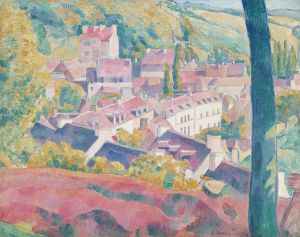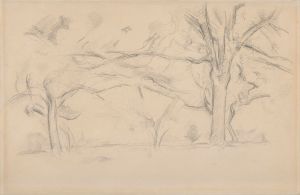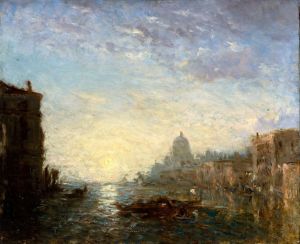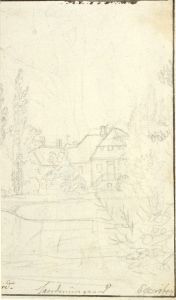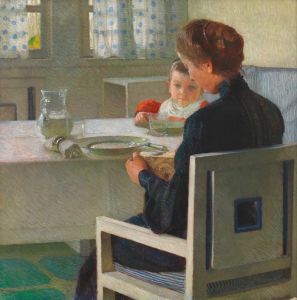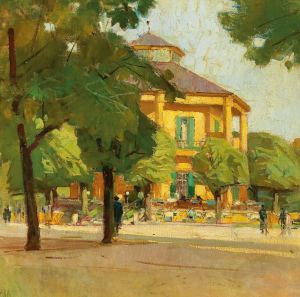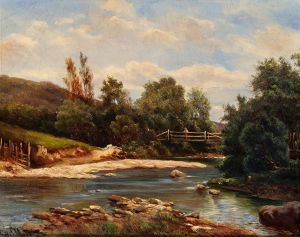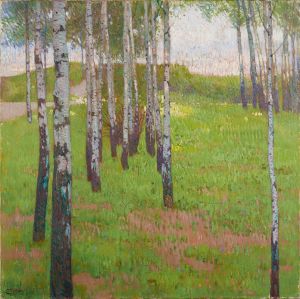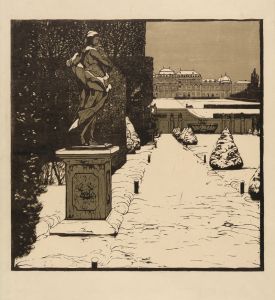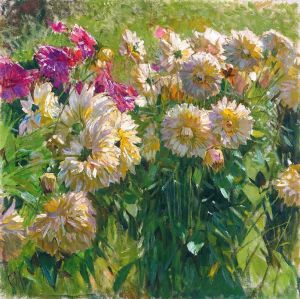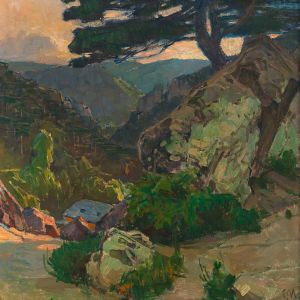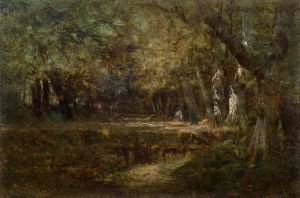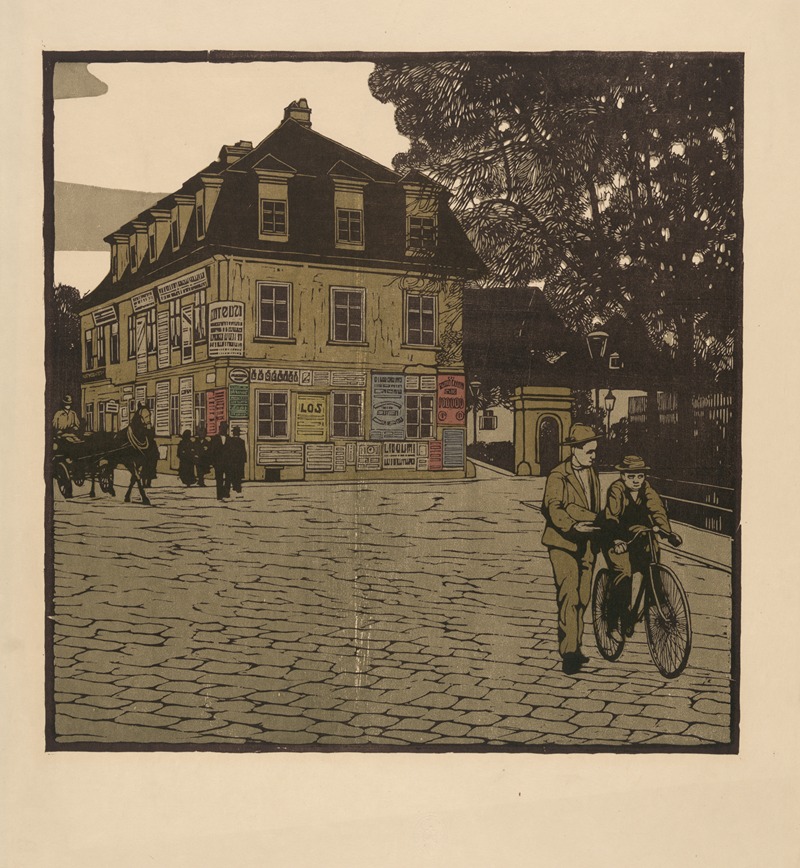
Bäckenhausl
A hand-painted replica of Carl Moll’s masterpiece Bäckenhausl, meticulously crafted by professional artists to capture the true essence of the original. Each piece is created with museum-quality canvas and rare mineral pigments, carefully painted by experienced artists with delicate brushstrokes and rich, layered colors to perfectly recreate the texture of the original artwork. Unlike machine-printed reproductions, this hand-painted version brings the painting to life, infused with the artist’s emotions and skill in every stroke. Whether for personal collection or home decoration, it instantly elevates the artistic atmosphere of any space.
Carl Moll (1861–1945) was an Austrian painter known for his association with the Vienna Secession movement, which sought to break away from traditional academic art and promote modernism. Moll was a prominent figure in the Viennese art scene and was known for his landscapes and interior scenes, often characterized by their serene and contemplative qualities.
"Bäckenhausl" is one of Moll's works that exemplifies his skill in capturing the essence of a landscape. While specific details about this particular painting are limited, it is consistent with Moll's broader body of work, which often depicted tranquil and idyllic scenes. His landscapes frequently feature a harmonious blend of natural elements, showcasing his keen observation of light, color, and form.
Moll's style was influenced by Impressionism, which is evident in his use of light and color to convey mood and atmosphere. He often employed a soft palette and delicate brushwork, creating a sense of calm and introspection in his paintings. This approach can be seen in "Bäckenhausl," where the interplay of light and shadow likely plays a crucial role in the composition.
As a founding member of the Vienna Secession, Moll was part of a group of artists who sought to challenge the conservative art establishment of the time. The Secessionists aimed to create a new artistic language that embraced innovation and experimentation. Moll's work, including "Bäckenhausl," reflects these ideals through its modern approach to landscape painting.
Moll's contribution to the Vienna Secession and his role in the development of modern art in Austria are significant. He was not only a painter but also an influential figure in the art world, promoting contemporary art and supporting fellow artists. His legacy is marked by his dedication to advancing the arts and his ability to capture the beauty of the natural world in his paintings.
While specific information about "Bäckenhausl" is scarce, it is important to view it within the context of Moll's overall oeuvre and the artistic movements of his time. His landscapes remain appreciated for their ability to evoke a sense of peace and contemplation, qualities that continue to resonate with audiences today.
In summary, Carl Moll's "Bäckenhausl" is a testament to his skill as a landscape painter and his involvement in the Vienna Secession. Although detailed information about the painting itself is limited, it is representative of Moll's broader artistic vision and his contribution to the modernist movement in early 20th-century Austria.





